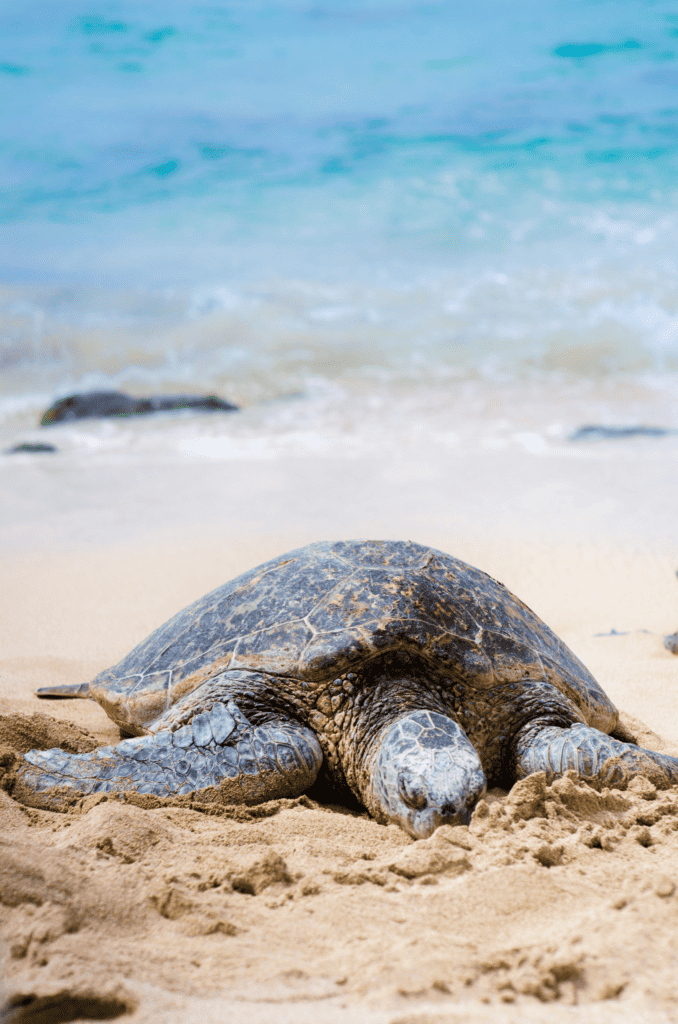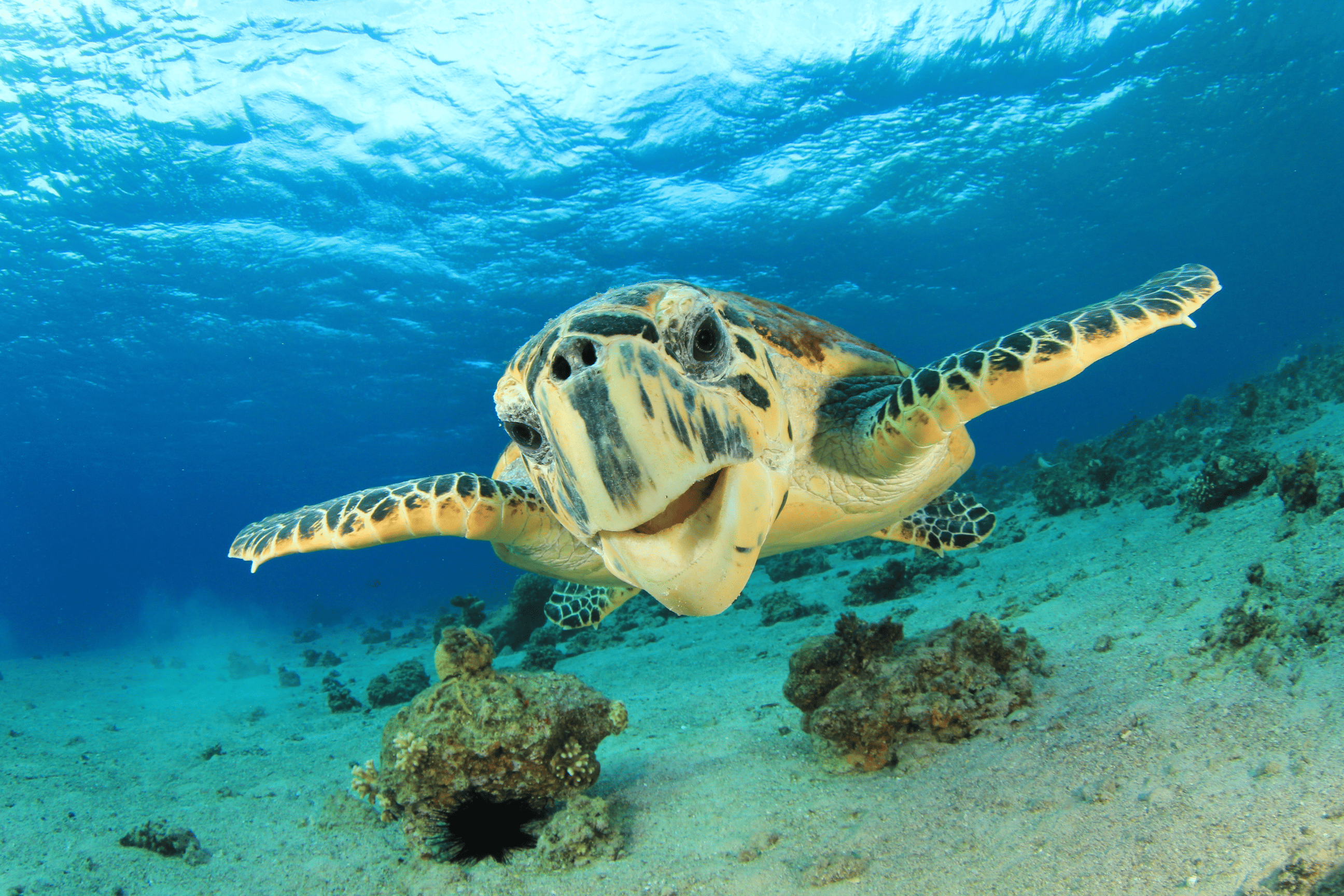Turtles are unique creatures that have fascinated humans for centuries. One of the most interesting questions that people often ask about turtles is whether they sleep underwater. In this article, we will explore the answer to this question and delve deeper into the sleep habits of turtles.
Can Turtles Sleep Underwater?
Yes, turtles can sleep underwater. In fact, many species of turtles spend the majority of their time in the water and are able to hold their breath for extended periods of time. This allows them to sleep underwater for extended periods without needing to come up for air.
The question of whether turtles sleep underwater can vary by turtle species. Some turtle species spend the majority of their time in the water and are able to hold their breath for extended periods of time, allowing them to sleep underwater for extended periods. Examples of these species include sea turtles and many species of freshwater turtles.
On the other hand, some turtle species spend more time on land and need to come up for air more frequently. This may limit their ability to sleep underwater. For example, box turtles and tortoises are primarily land-dwellers, and they may not be able to sleep underwater for extended periods.
Additionally, some species of turtle have different adaptations for sleeping underwater like lung collapse bars, which allow them to collapse their lungs and reduce the amount of oxygen they need while sleeping. Also, their ability to shut off blood flow to non-essential organs, such as the kidneys and gut, to further reduce their oxygen needs.
In general, the ability of a turtle species to sleep underwater depends on their physiology and their habitat. Some species are more adapted to spending time in water and have the ability to sleep underwater for longer periods of time, while other species may be more adapted to land and have a limited ability to sleep underwater.
How Do Turtles Sleep Underwater?
Turtles sleep in a state of torpor, which is similar to sleep but not quite the same. During torpor, turtles’ metabolism slows down, and they become less active. This allows them to conserve energy and oxygen while they sleep.
Turtles have specialized structures in their lungs called lung collapse bars that allow them to collapse their lungs and reduce the amount of oxygen they need while sleeping underwater. They also have the ability to shut off blood flow to non-essential organs, such as the kidneys and gut, to further reduce their oxygen needs.
How Long Can Turtles Sleep Underwater?
The amount of time that turtles can sleep underwater varies depending on the species. Some turtles, such as sea turtles, can sleep underwater for several hours at a time. Other turtles, such as freshwater turtles, may need to come up for air more frequently.
How Often Do Turtles Sleep?
The frequency of sleep in turtles varies depending on the species and the environment. In general, turtles in the wild tend to sleep less frequently than those in captivity. This is because wild turtles need to be constantly on the lookout for predators and food, while captive turtles do not have these concerns.
In captivity, turtles typically sleep for around 8-12 hours a day, similar to most mammals. However, in the wild, turtles may only sleep for short periods of time, often interrupted by periods of activity. For example, sea turtles may sleep for only a few minutes at a time during their long migrations.
It’s also important to note that turtles do not have a set sleep schedule like humans do, and their sleep patterns can vary depending on the time of day and their environment. They may sleep more during the day and be more active at night, or vice versa.
In general, turtles tend to be most active during the daylight hours, and they sleep more frequently and for longer periods at night. However, this can vary depending on the species and the specific environment they live in.

Turtles and Sleep Deprivation
Just like any other animal, turtles also need sleep to maintain their health and well-being. Sleep deprivation can have serious consequences for turtles, including decreased immune function, decreased ability to learn and remember, and increased susceptibility to stress and disease.
In captivity, turtles may be more prone to sleep deprivation if they are not provided with adequate space, hiding places, and a suitable environment. Pet turtles may also be kept on an irregular schedule that does not match their natural sleep patterns. This can lead to a lack of sleep and can have negative impacts on their overall health and behavior.
Turtles and Sleep Cycles
Turtles, like other animals, experience different sleep cycles during their sleep. These include non-REM (non-Rapid Eye Movement) sleep and REM (Rapid Eye Movement) sleep. During non-REM sleep, turtles’ muscles are relaxed and their brain activity is low. This is the stage of sleep where they spend the majority of their sleep time. During REM sleep, turtles’ muscles are paralyzed, and their brain activity is similar to that of being awake. This stage is where most of their dreaming occurs.
It’s been observed that turtles do experience REM sleep, but it’s not clear if they dream like mammals do. Research suggests that the length of time spent in REM sleep in turtles is much shorter than in mammals, and that turtles have different patterns of brain activity during REM sleep.
In general, the sleep patterns of turtles are similar to those of other animals, but there are some differences. For example, turtles have unique adaptations that allow them to sleep underwater, and they may have different sleep cycles depending on their species and environment.
Turtles and Sleep in Captivity
Turtles in captivity may have different sleep patterns and habits compared to those in the wild. Captive turtles may have more consistent access to food and a safer environment, which can lead to more regular sleep patterns. However, captivity can also lead to sleep deprivation if the turtle is not provided with adequate space, hiding places, and a suitable environment.
Captivity can also affect the turtle’s natural sleep patterns. For example, pet turtles may be kept on an irregular schedule that does not match their natural sleep patterns. This can lead to a lack of sleep and can have negative impacts on their overall health and behavior.
Additionally, captive turtles may not have the same opportunities for physical activity as wild turtles, which can affect their sleep patterns. It’s important for turtle owners to provide their pets with an environment that promotes healthy sleep and physical activity.
Tips for Observing Turtle Sleep
- Watch for signs of sleep: Turtles may close their eyes and become less active when they are sleeping. They may also become less responsive to stimuli such as touch or sound.
- Keep track of their sleep schedule: Turtles may have different sleep patterns depending on the time of day and their environment. Keeping track of their sleep schedule can help identify patterns and ensure they are getting enough sleep.
- Provide a suitable environment: Turtles in captivity need a suitable environment that promotes healthy sleep. This includes providing adequate space, hiding places, and a comfortable temperature.
- Monitor their behavior: Observing a turtle’s behavior can provide insight into their sleep patterns. For example, turtles that are sleep-deprived may be more lethargic, less active, and less responsive to stimuli.
- Consult a veterinarian: If you are concerned about your turtle’s sleep patterns, consult a veterinarian for advice. They can provide insight into the turtle’s overall health and help identify any issues that may be affecting their sleep.

Conclusion
In conclusion, turtles are able to sleep underwater thanks to their unique anatomy and physiology. They are able to hold their breath for extended periods, and their bodies are able to conserve oxygen and energy while they sleep. If you have a pet turtle, you may notice it sleeping at the bottom of its tank, and now you know that it’s not just resting but it’s actually sleeping and it’s perfectly normal.






